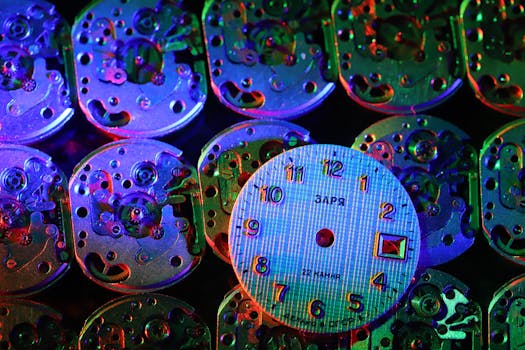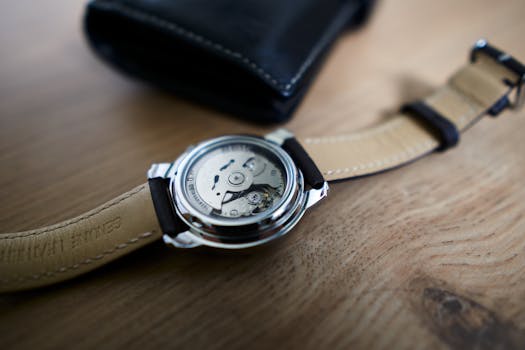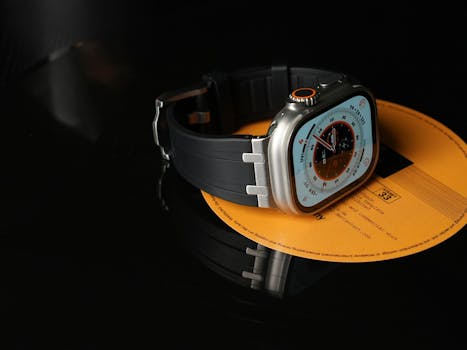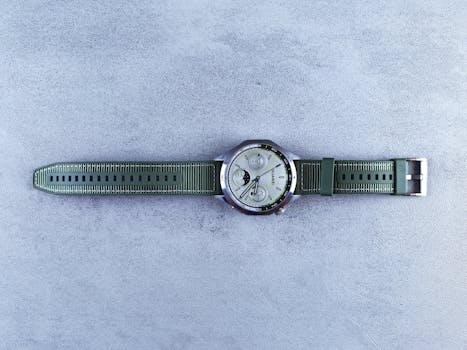
The Timeless Evolution of Wristwatches: A Journey Through the Decades
Takeaways: The journey of wristwatches from functional tools to fashion statements is marked by significant innovations and cultural shifts. Understanding this evolution helps appreciate both vintage and modern designs.
Wristwatches have undergone tremendous transformations since their inception, evolving from simple timekeeping devices to intricate fashion statements and technological marvels. Each decade brings its own unique contributions to the world of horology, reflecting changes in society, technology, and style. In this article, we will explore the evolution of wristwatches through the decades, highlighting key developments that have shaped the modern timepiece.
The Early Years: 19th Century Origins

Wristwatches were primarily considered women’s accessories, while men continued to favor pocket watches. However, the practicality of wristwatches became evident during World War I, as soldiers needed a more accessible way to check the time without fumbling with pocket watches. This necessity led to a surge in wristwatch popularity among men.
The Roaring Twenties: A Fashion Statement

This decade also saw the introduction of the famous tank watch, designed by Louis Cartier, which became an iconic design that is still celebrated today. The use of new materials like stainless steel and the introduction of waterproof cases began to change the landscape of wristwatch design, making them more durable and versatile.
The Mid-Century Revolution: 1930s to 1950s

During this period, wristwatches became increasingly associated with luxury. The 1940s witnessed the rise of military watches, designed for functionality and durability. The iconic Rolex Submariner debuted in 1953, catering to divers and adventurers, while the Omega Speedmaster became synonymous with space exploration in the 1960s.
The Quartz Crisis: The 1970s

During this decade, digital watches also gained popularity, showcasing innovative designs with LED displays. Brands such as Casio and Timex became household names, offering trendy and budget-friendly options. This period was marked by a struggle between traditional mechanical watches and the new quartz technology.
The Revival and Innovation: 1980s to 2000s

During this time, watch complications, such as chronographs and perpetual calendars, gained popularity, showcasing the artistry of watchmaking. The introduction of smartwatches in the 2000s challenged traditional notions of timekeeping, blending technology with fashion.
The Modern Era: 2010s to Present

Today, wristwatches are more than just timekeeping devices; they are expressions of personal style, status, and technological advancement. The evolution of wristwatches is a testament to human ingenuity and the enduring appeal of beautiful design.






